How to Choose the Right Toys for Your Child: A Complete Parent’s Guide
Introduction
Selecting toys for children is no longer as simple as choosing the most colorful one. Toys affect learning, creativity, and even motor skills. With countless options available, understanding what toys your child truly needs, comprehensive buying rules, and ensuring safety and sustainability feels overwhelming.
Must-have toys for your child as well as the key buying guidelines are presented to help parents streamlining smart and thoughtful choices.
1. What Kind of Toys Should Children Have?
Children do not need endless amounts of toys; however, they do require a specific selection that stimulates imagination, curiosity, and learning.
✔ Toys for Cognitive & Problem-Solving Skills
Puzzles, building blocks, STEM sets
These develop patience, reasoning, and logical thinking.
✔ Toys for Physical Activity
Balls, scooters, ride-ons
These enhance strength, balance, and coordination.
✔ Toys for Creativity & Expression
Crayons, clay, musical instruments
These promote artistic and emotional expression.
✔ Pretend Play Toys
Dolls, kitchen sets, doctor kits
These boost social skills, empathy, and storytelling.
✔ Books & Educational Games
Flashcards, alphabet games, storybooks
These spark imagination and early literacy.
Final Note: It is better to have one quality toy from each category than to have dozens of random toys.
2. Guidelines for Selecting Right Toys
Here’s a quick checklist every parent should follow before buying:
✔ Age-Appropriateness
Check age labels to ensure the toy matches your child’s developmental stage.
✔ Safety Standards
- No sharp edge
- Non-toxic materials
- BIS/IS, CE, or ASTM certified
✔ Multi-Purpose Use
Pick open-ended toys that offer more than one way to play (e.g., building blocks, magnetic tiles).
✔ Promotes Your Learning & Physical Activity
Ensure the toy develops at least one key skill—cognitive, physical, social, or emotional.
✔ Durable & Sustainable
Avoid cheap plastic that breaks easily. Choose sturdy materials that last.
✔ Matches Child's Interests
Select toys based on what your child naturally enjoys—whether that’s cars, animals, or puzzles.
3. Consider Your Child's Age & Development Stage
Toys are often labeled by age for a reason. A toy that's perfect for a 3-year-old may frustrate a 5-year-old, while something designed for an 8-year-old could pose safety risks for toddlers.
- Infants (0-12 months): Soft toys, teething rings, textured rattles.
- Toddlers (1-3 years): Stacking blocks, simple puzzles, push-pull toys.
- Preschoolers (3-5 years): Pretend play sets, art supplies, basic board games.
- School-age (5+ years): Construction sets, craft kits, educational games, STEM toys.
4. Importance for Sustainable & Eco-Friendly Toys
Eco-conscious choices like wooden toys, recycled plastic products, and cloth-based dolls:
✔ Reduce environmental impact
✔ Teach kids about sustainability early
✔ Last longer than cheap, breakable toys
Brands like Mittimate are contributing to this movement with their range of eco-friendly wooden puzzles, maze games, and creative toys that encourage meaningful play while being gentle on the environment.
Conclusion
The best toys for your child are safe, age-appropriate, skill-building, and match their interests. Choose open-ended toys that grow with them and favor quality over quantity.
With careful toy selection, you can turn every play moment into an opportunity for growth, fun, and discovery.
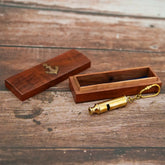

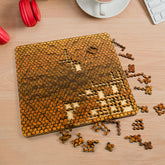

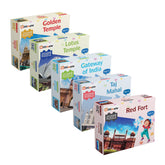

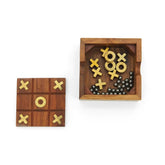


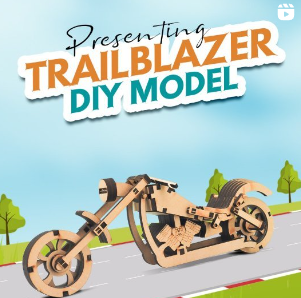

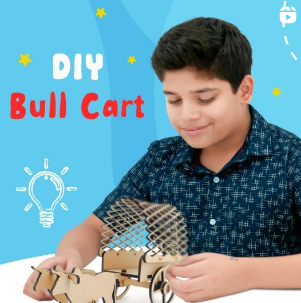
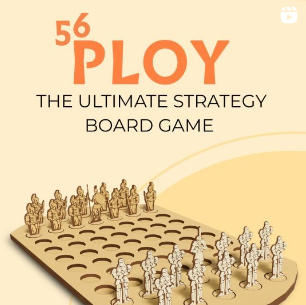
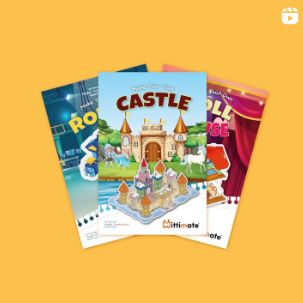
Leave a comment
Please note, comments need to be approved before they are published.